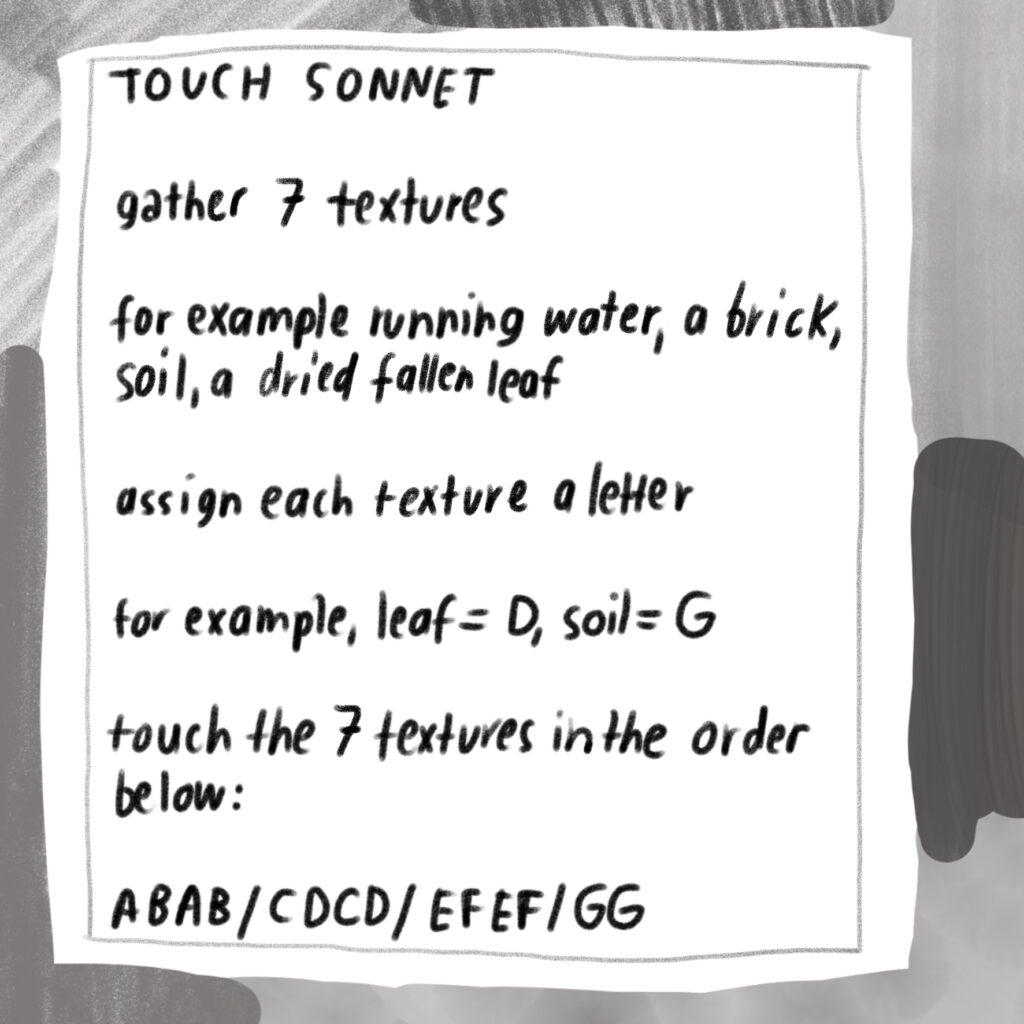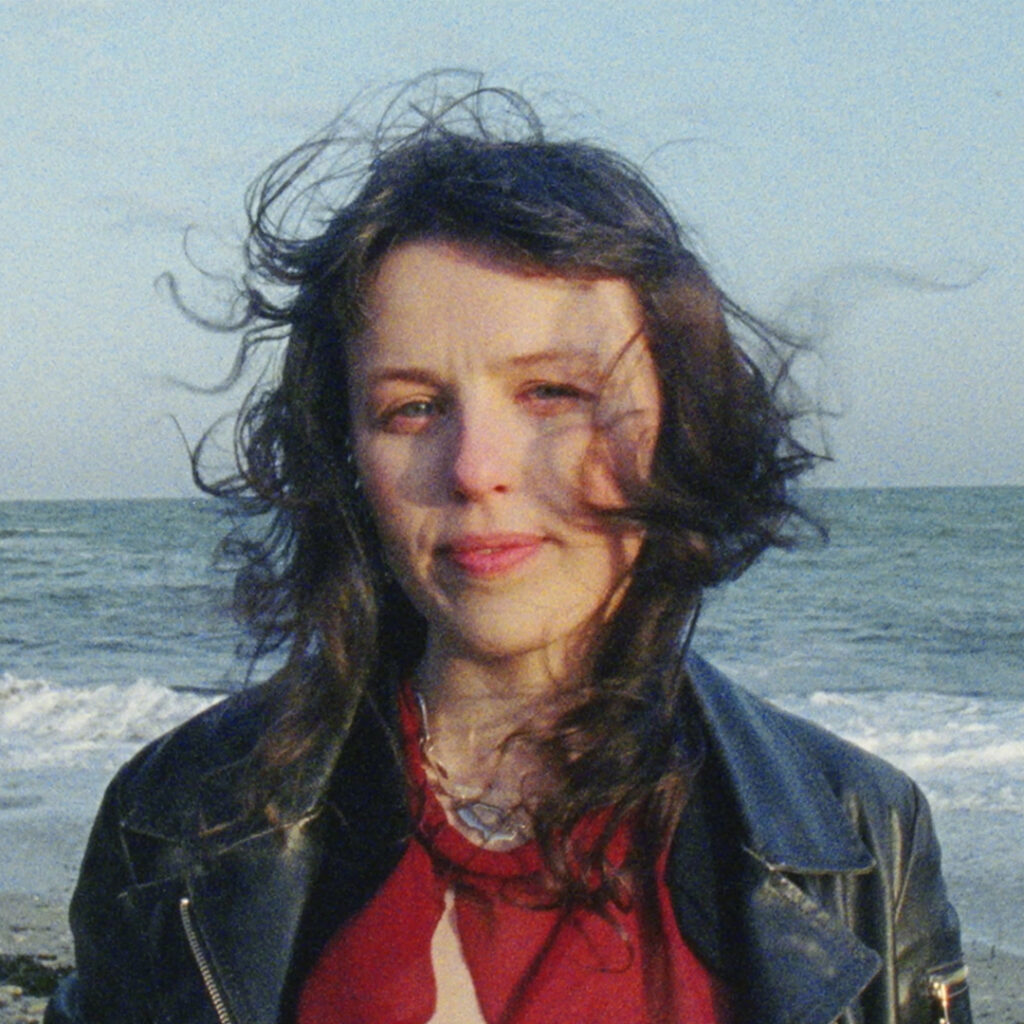
AT HOME ART ACTIVITY by Harun Morrison // A Moogie Wonderland Commission
In December 2021 Moogie Wonderland curated and led a day of activity for freelance artists working with participatory practice. We came together to discuss, share and challenge the way we work.
As a result we commissioned the group to create their own activity to be shared with our Moogie audience and participants. Harun Morrison presented and shared his practice via zoom from London and set an activity for the group. Below he shares his touch sonnet activity and some reflective writing.

Harun Morrison. Artist Bio
Harun Morrison is an artist and writer based on the inland waterways. He was the 20/21 recipient of the Wheatley Fine Art Fellowship, hosted by Birmingham School of Art, Birmingham City University and Eastside Projects. He is currently Designer and Researcher in Residence at V&A Dundee. His forthcoming novel, The Escape Artist will be published by Book Works in 2023. Since 2006, Harun has collaborated with Helen Walker as part of the collective practice They Are Here. Harun is currently showing work at Nieuwe Vide project space in Haarlem, Netherlands (‘Mark The Spark’ 17.03 – 15.05.22) and has a forthcoming exhibition at the Horniman Museum this summer.
Instagram: @ harunishere
Rough Notes Towards the unfinished . . . Harun Morrison Winter, 2021
Over the last three years I have worked on multiple community garden projects at the invitation of contemporary art commissioning bodies. This has included the transformation of a car park into a garden in Dagenham over a two year process; a library in Bootle, Merseyside, looking to expand the footprint of their activity to include an under utilised green space that runs the length of the building; and the repair and replanting of an outdoor space in Sheffield managed by the mental health charity, Mind.
Gardens are a fitting foil to notions of completion, by their nature they cannot be completed; they take on lives of their own, composed as they are of many lives on multiple cycles. This encompases the vegetal; grass, moss, flowers, trees, funghi; the insects, above ground and below; the microbial; not to mention beings that come and go through gaps in fences. Gardens are entities that can be nourished and maintained but never completed.
The garden being developed in Merseyside for Bootle Library, has been a welcome stimulant to consider the relation between gardens and literature. As part of this process I have been making a database of gardens in fiction (formed from contributions from friends, library users and librarians), descriptive passages of novels, poetry, song, religious texts and so on which describe gardens. It also stands as there are gardens in fiction, so there is fiction in gardens. These include local folklore and anecdotes but also the potential futures of the garden itself. There is a rich history of ‘unfinished’ literary works; often due to the author’s death they were not completed or ceasely reworked in search of resolution. I.e. they were not intentionally unfinished, another category is the ‘abandoned’, the work was consciously turned away from. Part of the power of the unfinished is the unscripted, that an imaginative space has been left for the reader and editors to take the work in directions the author might not have done. This is arguably the case in any literature completed or not, i.e. we never lose the capacity to mentally rearrange an outcome, but this is particularly evident in the unfinished work.
What would it mean to constructively resist completion in community-focused spatial practice? Not to abandon, but to leave things unfinished with care? From the outset I’d warn that this does not mean a space, for example a community garden, would be ‘finished’, by an ill-defined, vague ‘community’ – especially if we jettison the notion of completion altogether. However I am curious about the generative potential of the unwritten chapters of public space shifting hands from artist / architect / designer to those who may occupy it in the longer term. Encouraging the unfinished could be a means for those stakeholders who will live alongside the work to not only determine key aesthetic decisions, but also decide about the decision making process itself going forward. For this to have any value representatives of the stakeholders ought to be invested and engaged with from the beginning of the project so that there would be continuity with later directions, although a stark rupture could be an equally valid direction.
[To be continued. . . ]


